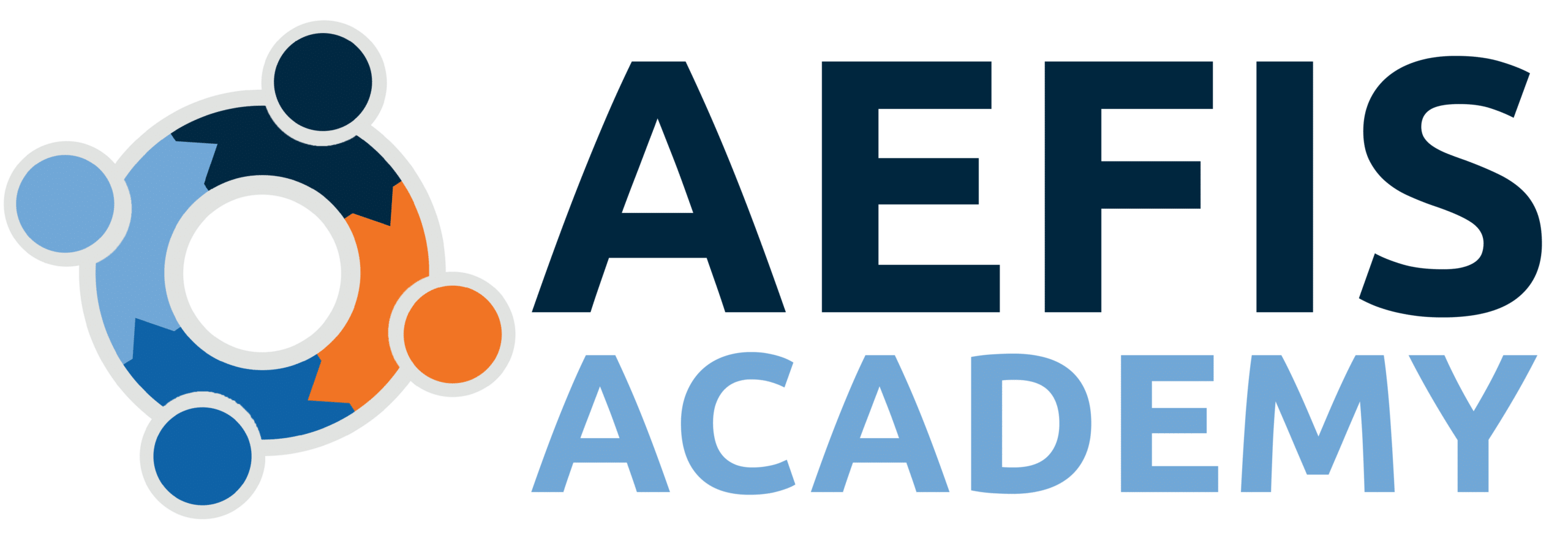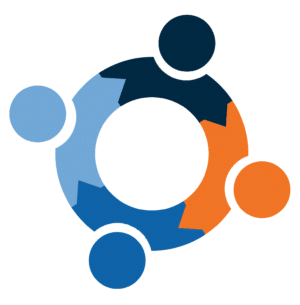Lesson Outcomes:
- Identify the building blocks of CLR
- Differentiate ways that CLR can be implemented at your institution
- Compare and contrast CLR with badges and ePortfolios
The higher education transcript, in its traditional sense, may finally be getting a facelift. Shifts in the delivery of post-secondary education are in motion and the focus on outcomes and skills are at the forefront helping to usher in changes in the way higher education verifies degrees.
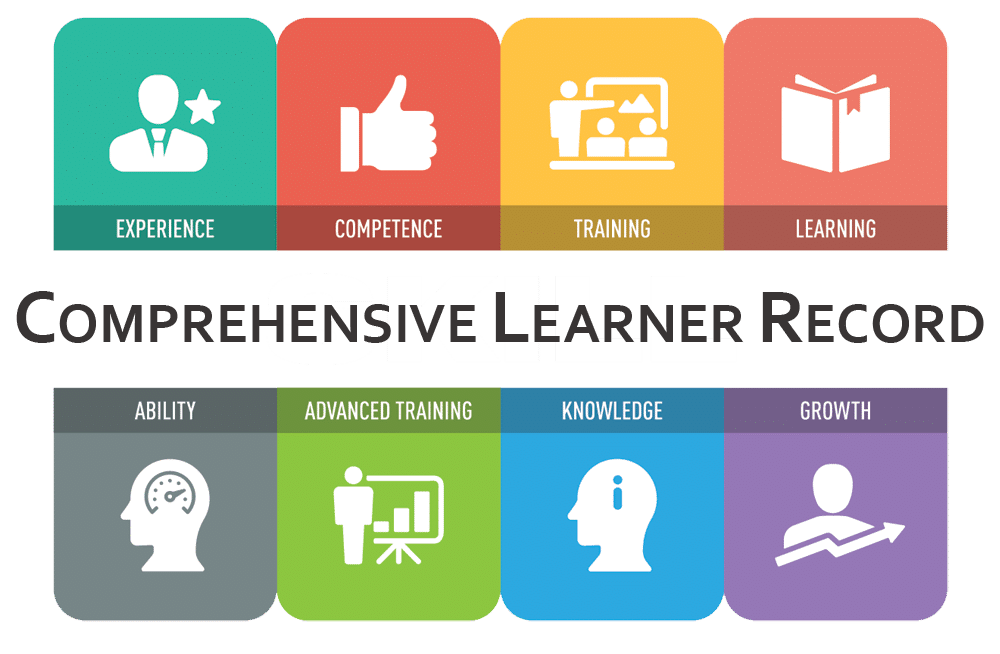
Comprehensive Learner Record (CLR) is at the epicenter of this change, helping to unpack evidence of learning and making it more explicit and meaningful to students, employers, and institutions. Stakeholders who use CLR as a vehicle for learning in real-time and an ecosystem of skills that employers value, are providing valuable opportunities to share knowledge, skills and abilities with a greater audience.
According to Educause (2019), Comprehensive Learner Record “is a digital asset that helps students both better understand their learning and share a verifiable record of their knowledge and accomplishments. With a learner’s consent, the CLR gathers data about performance beyond just course grades, with an ultimate goal of capturing, recording, and communicating learning when and where it happens across a student’s higher education experience.”
In more pragmatic sense within the space of universities and colleges, CLR is a dynamic, real-time portfolio, which is both a display of curricular, co-curricular, and experiential artifacts of learning and a digital skills “wallet” that is verified by the institution and linked to learning outcomes aligned to today’s employability skills. It holds the evidence of learning, behind the degree program that the transcript represents and presents it in a more meaningful, digital way to employers. Through CLR, digital evidence of students’ outcomes, across all aspects of learning are visible to learners and shareable to employers, not locked away in files, notebooks, learning management systems, registrars, study abroad offices, or student life.
Please register for Boot Camp: Curriculum Mapping & Outcomes Alignment, led by AEFIS Academy Curriculum and Assessment faculty and staff to learn how to begin your curriculum map from scratch and/or digitize it in AEFIS.
